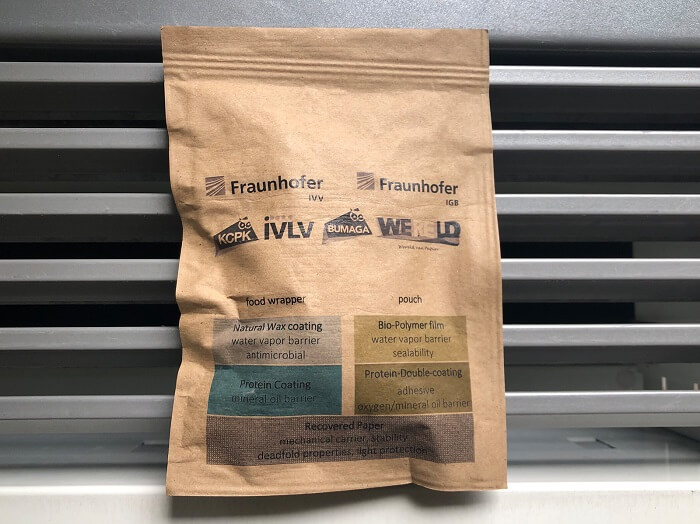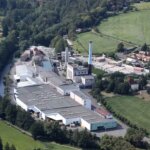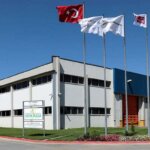The amount of plastic waste increases every year. Some of this waste is due to plastic packaging used to protect food.
May 31, 2021

As part of the “BioActiveMaterials” project, researchers at the Fraunhofer-Gesellschaft have presented an innovative, sustainable, and eco-friendly solution for food packaging. Just as with conventional packaging, it keeps the food fresher for longer. The new packaging involves no plastic whatsoever and can be easily recycled after use.
Watch: Paper Mart Fortnightly News Roundup.
As per the report, the researchers use paper as the base material for producing typical and functional packaging materials: resealable bags or wrapping paper. Its inside surface is coated with a blend of proteins and waxes with biobased additives. The coating is applied to the paper in liquid form, using roll-to-roll technology and offers long-term stability, performs several functions at the same time.
“First, the proteins act as an oxygen barrier layer while the waxes form a water vapor barrier, preventing fruit, for example, from drying out quickly. Second, the biobased additives have an antioxidative and antimicrobial effect. This stops meat and fish from spoiling as quickly. Overall, the food has a much longer shelf life,” explains Dr. Michaela Müller, Head of the Functional Surfaces and Materials Innovation Field at Fraunhofer IGB.
The proteins are extracted from plants such as rapeseed, lupins, whey, or sunflowers. Turning to the waxes, the researchers went for beeswax and wax produced from the candelilla bush native to northern Mexico and from the Brazilian carnauba palm. These waxes are biodegradable, approved for food contact, and readily available on the market.
After use, the packaging can be placed in the waste paper recycling bin for disposal. The coating is biodegradable and does not impede the recycling process.
Also Read: UPM Specialty Papers Presents New Multifunctional Barrier Paper.
Discount stores and food retailers will also benefit from the Fraunhofer packaging because consumers are following the trend towards resource-efficient, biodegradable and plastic-free packaging. The project partners are already experimenting with concepts for applying the coating directly to foods such as fruit or vegetables, thereby extending their shelf life.



